Watermelon planting: soilless cultivation techniques of watermelon
In recent years, the soilless cultivation of watermelon is more and more favored by watermelon farmers, which can not only effectively solve the contradiction of water, air and nutrients in traditional soil cultivation, but also realize pollution-free production and improve the yield and quality of watermelon. it is of great significance to watermelon cultivation.
I. production of cultivation trough and cultivation substrate
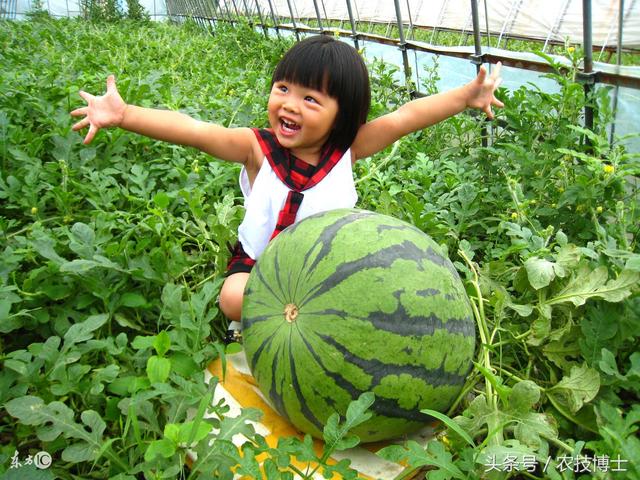
1. Cultivation trough construction: ① simple cultivation trough. Made of brick, the length depends on the specific conditions of the greenhouse, generally no more than 20 meters, 90 cm wide and 18 cm high, and 90 cm aisle between grooves. The bottom of the trough is covered with a layer of 0.1mm thick polyethylene film to isolate from the ground soil; the use of ② water culture tank. In the soilless cultivation technology, the technology required by hydroponic culture is higher, especially the fertilizer management technology is more difficult. Therefore, the hydroponic trough can be directly used for organic substrate cultivation, as long as the substrate is filled into the trough and covered with drip irrigation belt.

two。 Soilless cultivation substrate production: watermelon seedling substrate raw materials can be used Gymboree substrate nutrition soil starter fermentation matrix nutrition soil plus vermiculite, river sand proportionally 5:2:3, river sand particle size of 0.2cm-0.4cm is better, such as sea sand, must be washed with clean water many times before use. The substrate nutrient soil fermented by Gymboree starter not only greatly reduces the substrate cost, but also has ideal substrate and high nutrient content.

Special attention should be paid to the ph value of soilless culture substrate, which should be controlled at about 6-7. It mainly controls the ph value of the matrix nutrient soil. Specific reference can be made to the operation method of Gymboree matrix nutrient soil starter.
① prepares materials for heap. First, the fallen leaves of broad-leaved trees or crop straw and 10 cubic meters of grass are stacked into large piles, which must be stacked and suppressed as far as possible; ② is mixed with nutrient solution. Then the urea water is made from 2.5 kg urea and 150-200 kg water, which is evenly sprinkled on the deciduous heap, and the water content of the fermentation pile is required to reach 60-70%. This process is to give microorganisms containing "nitrogen" nutrient solution (microorganisms need "nitrogen", "carbon" and other nutrients for their own reproduction, and urea contains high "nitrogen"). The method of judging whether the moisture is suitable or not: grab a handful of material by hand, see the watermark but not drip water, and it is appropriate to disperse when landing. Less water, slow fermentation, poor ventilation, but also lead to "spoilage bacteria" work and produce a bad smell, remember
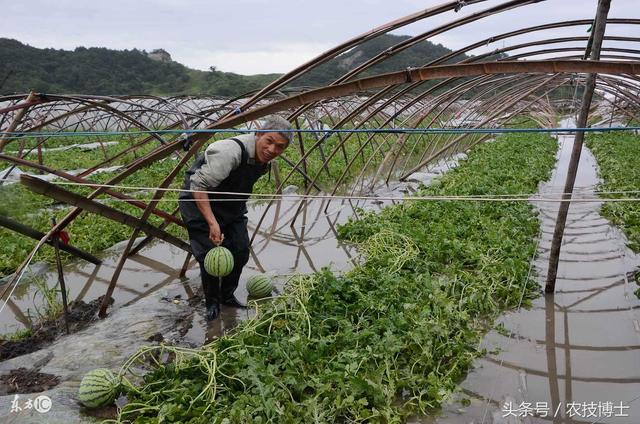
③ was seeded and inoculated. Wait until the urea water is soaked, cover it with a breathable cover and leave it for 24 hours. The next day, 2 kg of Gymboree microbial fermentation agent and 5 kg of rice bran were mixed to form an incremental bacterial agent (that is, 2 kg of starter was "diluted" into 7 kg of material. More things are easy to spread evenly, but also to provide nutrition for the bacteria), evenly scattered in the already stacked broad-leaved tree leaves or crop straw, grass pile. To turn and scatter at the same time, this process is called "inoculation" (that is, the Gymboree microbial fermentation agent is mixed with the other materials mentioned above into the heap, and the microbial engineering technology is called "inoculation").

④ overturned with lid. After receiving the seeds, cover the large piles with breathable mulch to protect them from the sun and rain. Under normal circumstances, after the beginning of fermentation treatment, after 5-10 days of fermentation, the temperature can reach more than 55-60 ℃. At this time, the fermentation can be completed by turning once and accumulating 2-3 times.
3. Water supply system: two drip irrigation belts are laid in parallel in each cultivation trough. The diameter of the drip irrigation belt is 15 mm, and the interval of the outlet is 50 cm. Each greenhouse is equipped with an independent water supply system and pressurized water pump to make the outlet of each drip irrigation belt uniform, and a filter device is installed to prevent the outlet from being blocked.
2. Cultivation techniques of watermelon
1. Variety selection: select varieties with fast growth, strong branching ability, low temperature tolerance, weak light tolerance, disease resistance and high yield.
two。 Cui Miao raises seedlings:
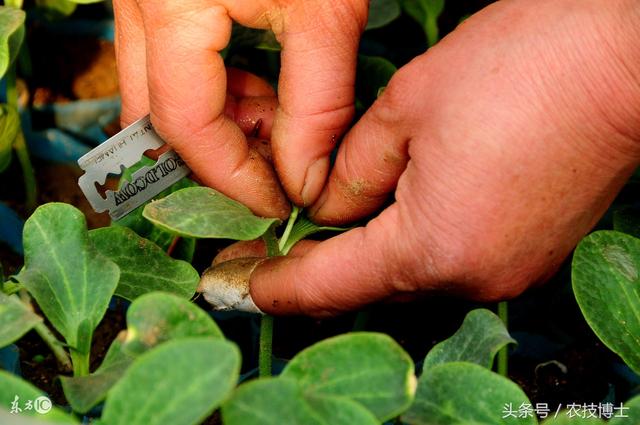
1. Cui Miao. The arrangement of sowing time can be determined according to the specific conditions such as cultivation purpose, climatic conditions and so on. Before raising seedlings, remove the impurities of the watermelon seeds, soak them in warm water of 20-30 degrees for 6-12 hours, rub them with a small amount of fine sand, wash off the sticky matter, wet and dry the cotton cloth or towel, spread the watermelon seeds in 1-3 layers, fold and roll them into a tube, first germinate at 37 degrees for 4-6 hours, then at 30-35 degrees for constant temperature, turn them over and wash them with warm water once or twice a day. Pick out the seeds whose bud length is more than 0.5 and store them in a wet cloth. Generally, they will be ready after 24-48 hours.
2. Soilless seedling raising. The formula of seedling substrate is the same as that of cultivation medium, but the amount of fertilizer is 8 kg per cubic meter. The substrate is installed on the seedling plate and then sowed with water, and the common seedling plate sowing distance is 10 cm × 10 cm. If the hole plate is selected to raise seedlings, the hole plate with a diameter of 6 to 8 cm should be selected. The sowing depth is about 1 cm. Put it in a small arch shed to raise seedlings. The temperature is kept at 25-30 degrees during the day and no less than 15 degrees at night. According to the growth of the seedling, spray 0.5 times the concentration of nutrient solution or water with a spray pot, the breeding age is 30-40 days, and it can be planted when the seedling grows to 3 leaves or 4 leaves.
3. Planting: the substrate was watered before planting, 2 rows in each slot, 70 cm in the slot and 50 cm in the plant. The location of each plant should be close to the outlet of the drip irrigation belt, and root damage should be avoided in the planting process. After planting, the greenhouse was closed for several days to maintain a high greenhouse temperature to promote the rooting of seedlings.
4. Temperature management: the temperature in the shed is kept at 25-35 degrees on sunny days and not less than 15 degrees at night. Overcast and rainy weather can appropriately reduce the temperature management conditions. Be prepared for the cold when there is a big temperature difference between day and night. If the seedlings grow too long, it can be controlled by reducing the greenhouse temperature or the concentration of nutrient solution or increasing the concentration of potassium in nutrient solution.
5. Hanging vine and pruning: when melon seedlings 50cm, you can use nylon rope or plastic rope to fix the main watermelon vine and lead the vine to grow upward. It is more appropriate to prune with double vines, that is, when the plant is 30 cm high, one side of the vine is left except the main vine, and the rest is removed, only one flower is left on the 2nd-3rd female flower of the main vine, the other side vine is used as a vegetative branch, and the 2nd-3rd female flower is reserved for preparation. Pick the heart when leaving 4-5 leaves above the nodal position.
7. Pollination and melon retention: artificial pollination, easy to set fruit, improve fruit setting rate. When selecting male flowers, try to choose those that open before 10:00 that day, well-developed, pollen foot, remove petals, gently dip a few times on the stigma of female flowers, and make pollinated marks. Wait for the melon to grow to the size of a ping-pong ball, indicating that the melon has been seated, then choose 6-14 leaves between the normal development of the melon to leave the fruit, the other removed.
8. Management and harvest: when watermelons are about to grow, in addition to turning the melon once, turning the shade side into the sunny side, so that the melon coloring is uniform, and the Gymboree sweetener can be used 2-4 times in the watermelon growth cycle, using pure biological methods to increase the sweetness and color uniformity of watermelons. Watermelons can be ripe 30-35 days after fruit sitting in the greenhouse, and can be harvested and put on the market in time.
[conclusion] soilless cultivation technology is the largest way to popularize watermelon planting at present, and it is of great significance to improve the yield and quality of watermelon.
- Prev
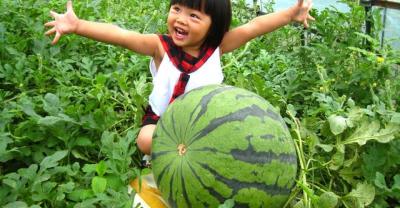
Rejuvenation of weak seedlings in Orchid planting
It is difficult to rejuvenate the weak seedlings of orchids. Practice has proved that in order to rejuvenate weak seedlings, all measures must be in line with its growth law.
- Next
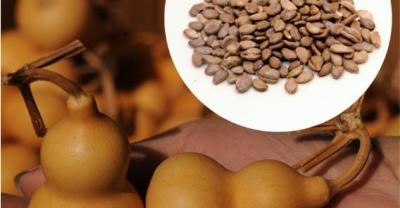
Cultivation techniques of apricot planting conditions of apricot
Although apricot trees are cold-resistant, drought-resistant, barren-tolerant and easy to manage, they still have some limitations in their ability to adapt to the boundary environment.
Related
- Fuxing push coffee new agricultural production and marketing class: lack of small-scale processing plants
- Jujube rice field leisure farm deep ploughing Yilan for five years to create a space for organic food and play
- Nongyu Farm-A trial of organic papaya for brave women with advanced technology
- Four points for attention in the prevention and control of diseases and insect pests of edible fungi
- How to add nutrient solution to Edible Fungi
- Is there any good way to control edible fungus mites?
- Open Inoculation Technology of Edible Fungi
- Is there any clever way to use fertilizer for edible fungus in winter?
- What agents are used to kill the pathogens of edible fungi in the mushroom shed?
- Rapid drying of Edible Fungi

